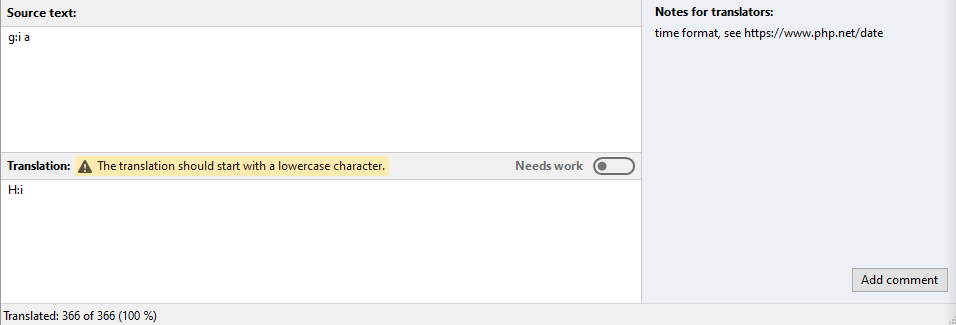
When I use Poedit, I usually skip this step and use a language specific template that will allow Poedit to scan for all translatable strings. A Theme’s default translation template is located in THEMEXXX/lang/YYY.po, where THEMEXXX is the name of your theme and YYY default language of the theme ( twentysixteen/lang/enEN. Use Poedit (or similar tool) to create translation files. Open Poedit and select Create new translation: A new window will pop up, select the WordPress theme you want to translate. The first step is creating a POT (Portable Object Template) file with all the strings your plugin/theme is using. The typical way to translate a WordPress theme requires that you use. So even if you can’t translate using additional software (or plugins), it’s possible. I want to show you how you can translate them using just just commands on a terminal. Read more about how it works on the Codex page about translating WordPress.
#Translate a wordpress theme poedit how to#
The one-time-payment is quite a good deal and it will save you a lot of time, especially translating themes, which have many similar strings.īut this blog post is not about how to use Poedit to translate plugins and themes. When adding () and e() to your theme you can have software like Poedit. Even though the Pro version has some special WordPress specific feature, you don’t necessarily need it. Then, go to File > New Catalog from POT file and select the POT in your themes languages folder.

If you want to translate a plugin or theme, I would always recommend to use the free Poedit software which is available on Windows, Linux and Mac.


 0 kommentar(er)
0 kommentar(er)
